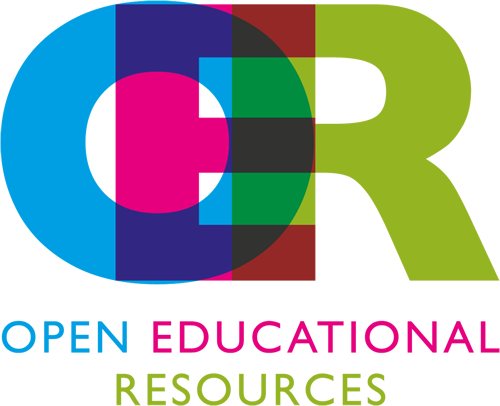As open educational resources (OER) become a more viable option for K-12 school districts that want to adopt new resources, curating these “free” and “open” educational assets has become increasingly difficult. With the U.S. Department of Education making a clear push for OER via its #GoOpen campaign, where districts take on the challenge of replacing at least one textbook with OER, the need for reliable vetting and selection tools has grown exponentially.
Here are five steps districts can use to implement OER in their LMSs:
1. Create a centralized “hub.” Focused on using OER that empowers students and improves educational outcomes, our strategy for vetting open resources is similar to the one we use for adopted publisher content. In our itslearning LMS, which we recently rebranded as the Wayne Learning Hub, we have created a complete digital learning environment for our teachers and students.
2. Implement an LMS that can multitask. In addition to being used as a digital learning environment, our LMS is the primary tool we use for curriculum management. This makes our LMS the perfect space for student learning and engagement and teacher collaboration and planning. The Wayne Learning Hub also functions as a digital content repository, and we work hard to ensure that our content is integrated into the platform’s resource library.
3. Have a clear focus in mind. By focusing on interoperability, we can not only get content into our LMS (including paid-for resources or curated collections of OER from Gooru or Knovation) but we can also give students and staff single sign-on access to all of that content. In some cases, that content (like Gooru, for example) is already pre-loaded into our LMS and requires no additional work for our IT department.
4. Make it easy for students and teachers to use OER. When users log into the Learning Hub, they gain instant access to all of the content that’s stored there, and without having to juggle multiple usernames and passwords. To make the content easily searchable, we ensure that every learning object is meta-tagged before uploading it to the library. We show teachers how to use the library and how to use the search tools and filters to narrow down their content-specific needs. This makes life easier for staff and for students who have one place to go and one process to learn.
5. Organize with flowcharts and color-coding. We created a color-coded flow chart that assesses the types of digital content that we want to integrate and how the accounts will be provisioned (e.g., via Learning Tools Interoperability links, common cartridge, thin common cartridge, etc.). Depending on the content format, we can use the flow chart to either expand or narrow down our options and make good integration decisions. This flowchart helps to keep the team organized, as many different groups are involved in the process behind the scenes.
Ultimately, OER opens the doors to a lot of different educational options. As we continue to move away from having the “one textbook” resource in the classroom and equipping teachers and students with the skills needed to effectively curate high-quality content, we are truly empowering them to make the best instructional decisions for their students. From there, we are able to personalize learning for students, who are no longer limited to a single textbook resource.
- 4 ways to encourage play in education - April 25, 2024
- It’s time to pay student teachers - April 25, 2024
- The evolving requirements of a K-12 school network - April 24, 2024

